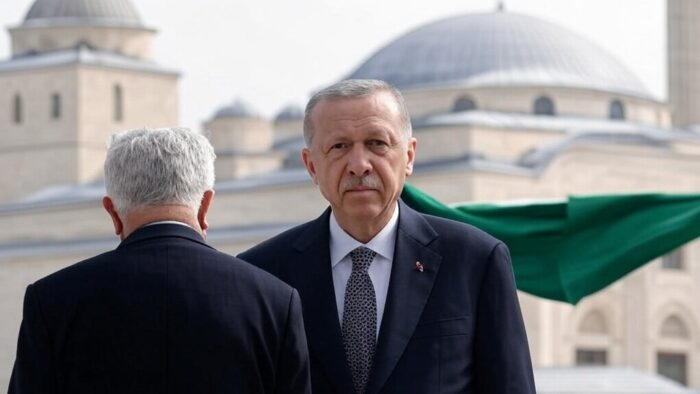The Institute for Strategic Dialogue (ISD) published a report in late July on how articles from Russian propaganda outlet RT are reaching EU audiences despite being banned. The ISD report begins:
From 2 March 2022, the broadcast of and access to RT (Russia Today) and its various language versions were suspended within EU Member States. The EU’s sanctions cover all means for the transmission and distribution of RT content, including on social media and search engines. Despite this, ISD analysts have observed that content from RT is still accessible via websites that feature their articles, often word for word. ISD designed a case study approach that looked at RT articles about Ukrainians seeking refuge in Europe. This Dispatch outlines how such articles have found their way to European audiences despite the EU-wide ban on the outlet’s content.
The report goes on to summarize the four different types of websites that are providing loopholes for RT content to reach the EU information space:
- Variations of RT domain names that direct to RT servers and were created after the start of the invasion
- Mirror websites that are identical to RT’s ‘official’ sites but could not be directly attributed to the outlet
- Websites that copy-paste articles from RT in their entirety
- Websites that direct traffic to RT
The ISD report further states:
For some of these websites, analysts found indications of monetization. The first two categories, the alternative RT domains and mirror websites, have amassed millions of views over the past months. This is thanks, at least in part, to their content being shared across social media by official RT accounts Posts that link to these domains have been shared over 456,000 times on Twitter and Facebook, with a significant peak identified at the beginning of April. While RT Facebook accounts are not accessible from a European location, on Twitter the ban can be circumvented by manually changing the location settings of one’s account. Furthermore, the websites these posts promote continue to be listed in Google search results, potentially driving traffic from the search engine to RT content.
Read the full ISD report here.
In 2017, the NYT characterized RT as follows:
Analysts are sharply divided about the influence of RT. Pointing to its minuscule ratings numbers, many caution against overstating its impact. Yet focusing on ratings may miss the point, says Peter Pomerantsev, who wrote a book three years ago that described Russia’s use of television for propaganda. “Ratings aren’t the main thing for them,” he said. “These are campaigns for financial, political and media influence.” RT and Sputnik propel those campaigns by helping create the fodder for thousands of fake news propagators and providing another outlet for hacked material that can serve Russian interests, said Ben Nimmo, who studies RT for the Atlantic Council. Whatever its impact, RT is unquestionably a case study in the complexity of modern propaganda. It is both a slick modern television network, dressed up with great visuals and stylish presenters, and a content farm that helps feed the European far right. Viewers find it difficult to discern exactly what is journalism and what is propaganda, what may be “fake news” and what is real but presented with a strong slant.
The Global Influence Operations Report (GIOR) has reported extensively on RT and its operations.












